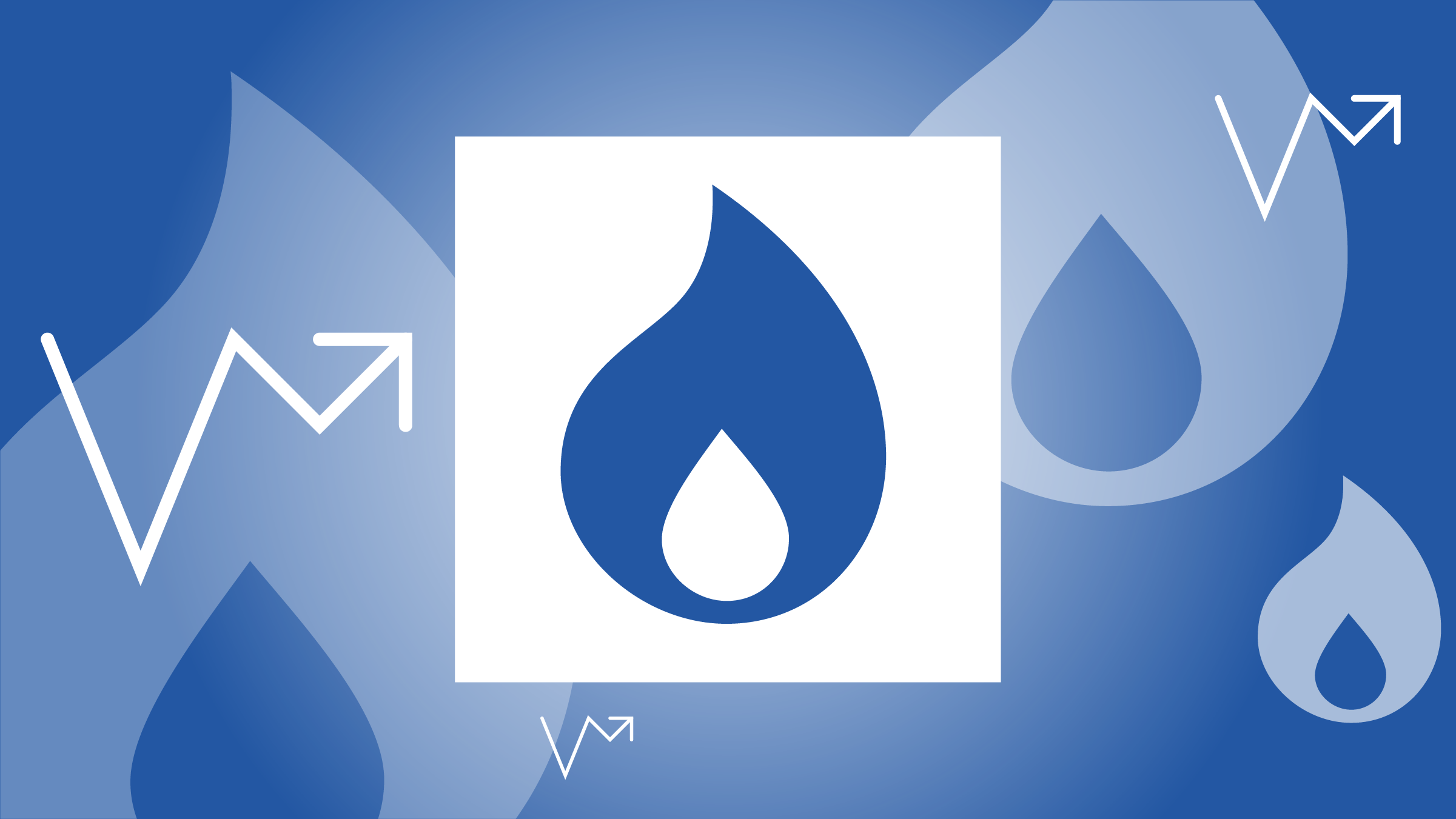Editor's note: Read the latest on how the coronavirus is rattling the markets and what you can do to navigate it.
Ian Tam: The recent drop in oil prices were a shock to many as the combination of an oil price war and the reduced demand for oil due to the pandemic forced oil prices to historic lows. As Canadians, this is of particular concern to us because the impact of oil prices affects us in a couple of ways. The first is that many Canadians' livelihood depends on the oil and gas sector. 10% of our GDP in Canada actually stems from the oil and gas sector.
The second is that our main benchmark index has a significant exposure to the energy sector. The S&P/TSX Composite Index has a 13% exposure to just energy companies. Now, for fund investors, one way to reduce exposure to the sector is to consider Morningstar's portfolio carbon risk score. The score considers not only the fund's exposure to companies that deliver or derive revenue from fossil fuels but also the companies' exposure to carbon risk in its supply chain and operations as well as the company's management's ability or approach to reduce emissions. Funds with low exposure to carbon risk and fossil fuels receive a low carbon designation from Morningstar.
At the end of last year, Morningstar identified 303 low-carbon funds available to Canadian investors. It is no surprise that of these funds the vast majority of them outperformed their peers on a year-to-date basis ending in April of 2020. Notably, there were 97 low-carbon funds in the global equity category. Of these, a whopping 54 of them are top quartile performers this year.
For a list of low-carbon investments that have performed well over the long term and have received a Morningstar quantitative rating of Gold and Silver, feel free to consult the table attached to the video transcript.
For Morningstar, I'm Ian Tam.
For a larger version of the table above, click here.
Investing in the low carbon economy
Learn about the companies best positioned to survive and thrive







.jpg)











